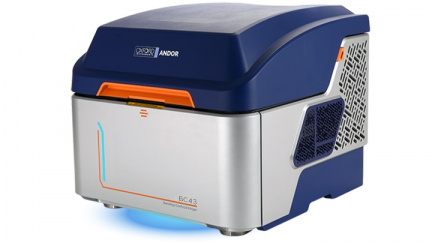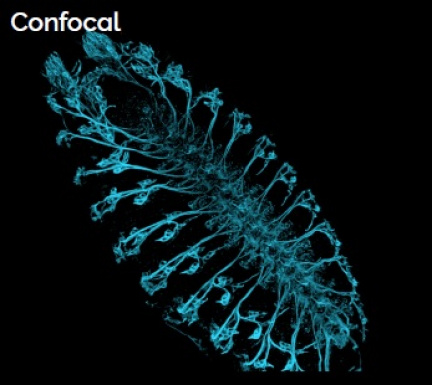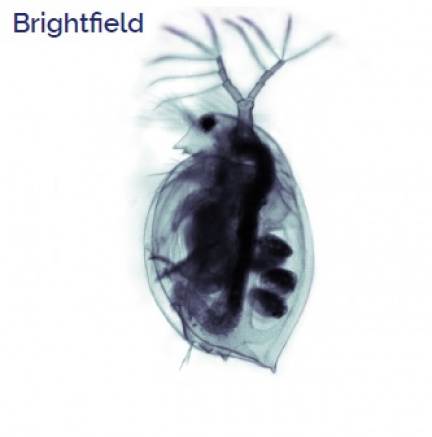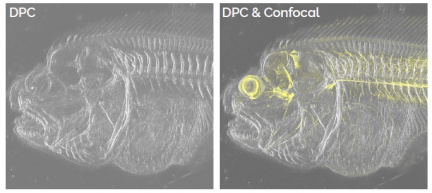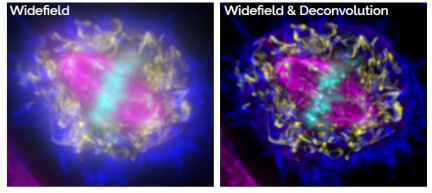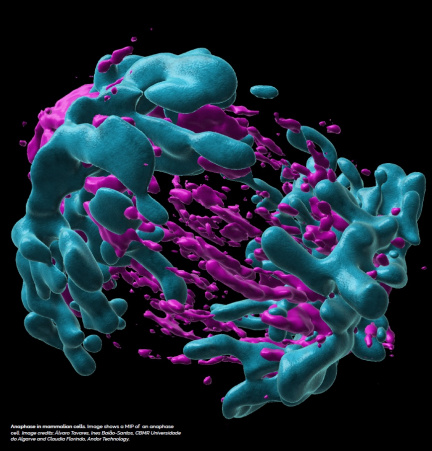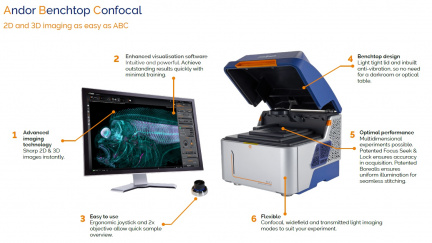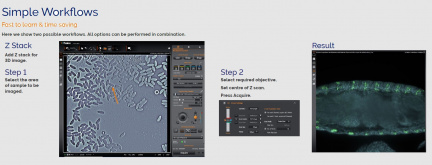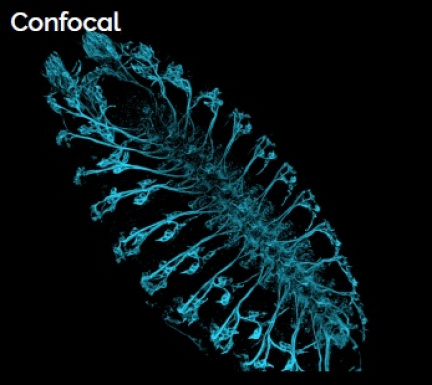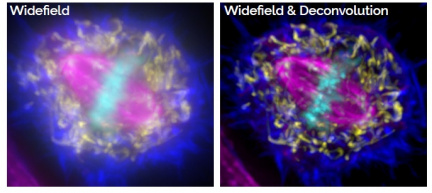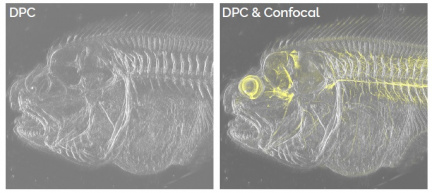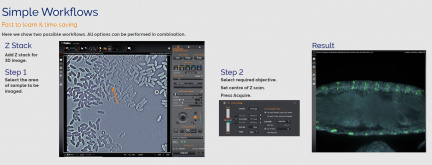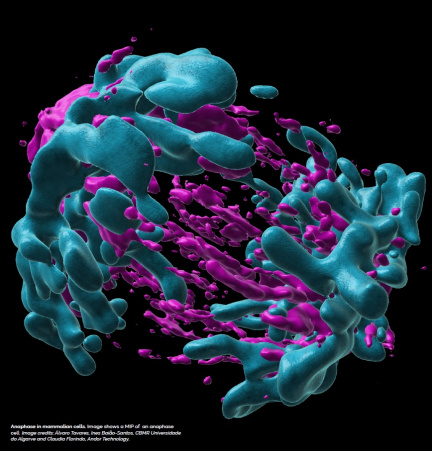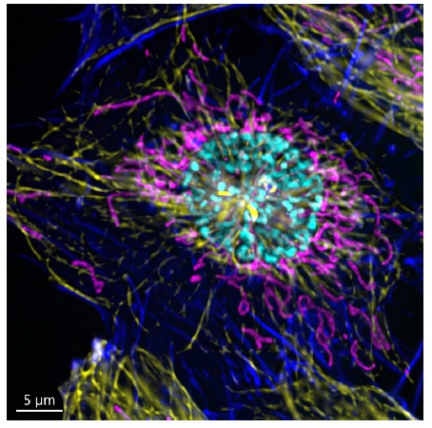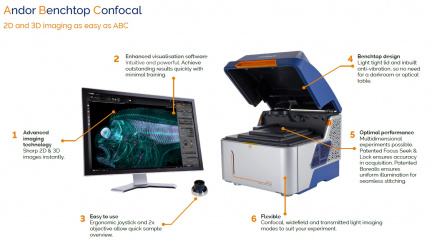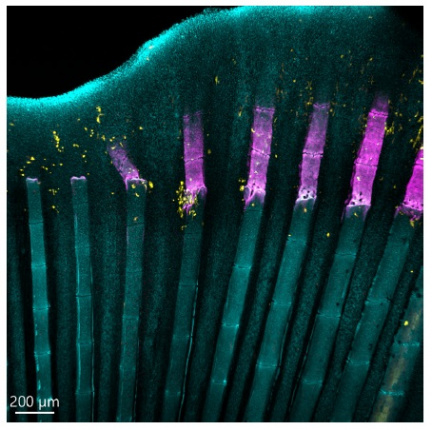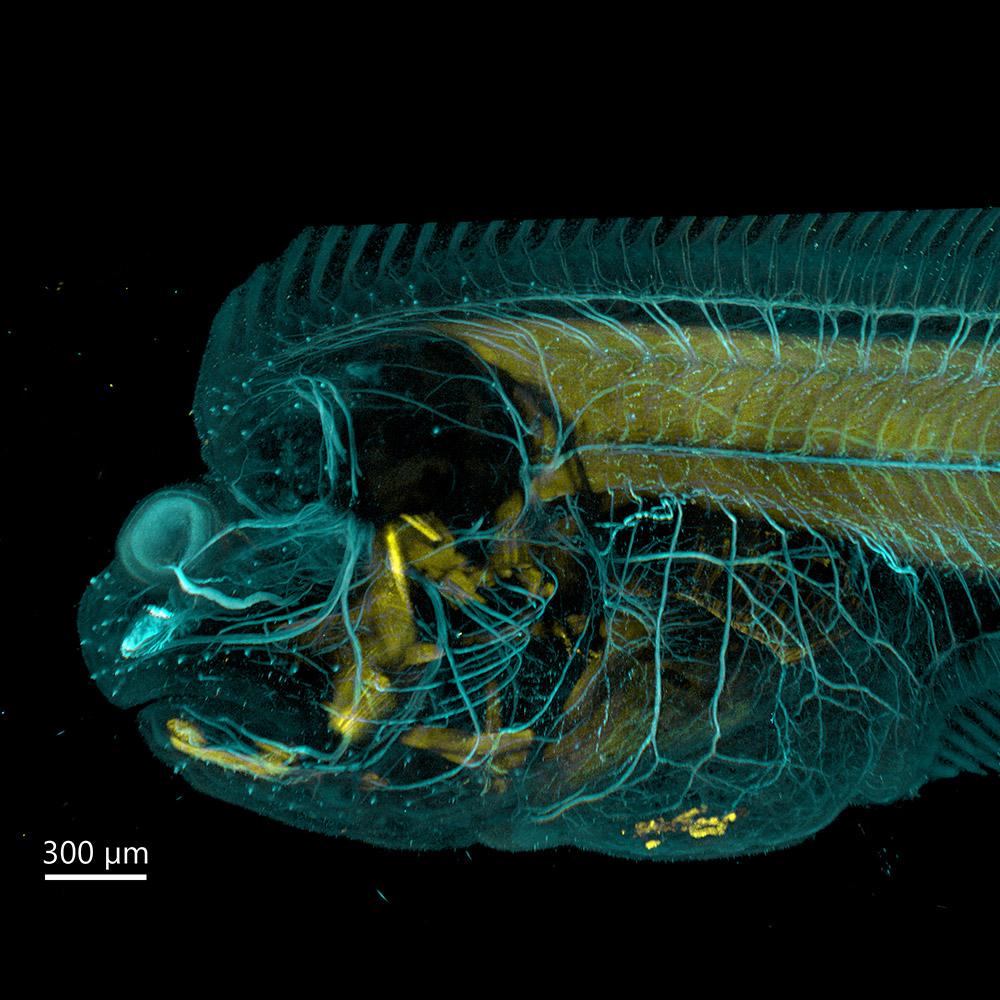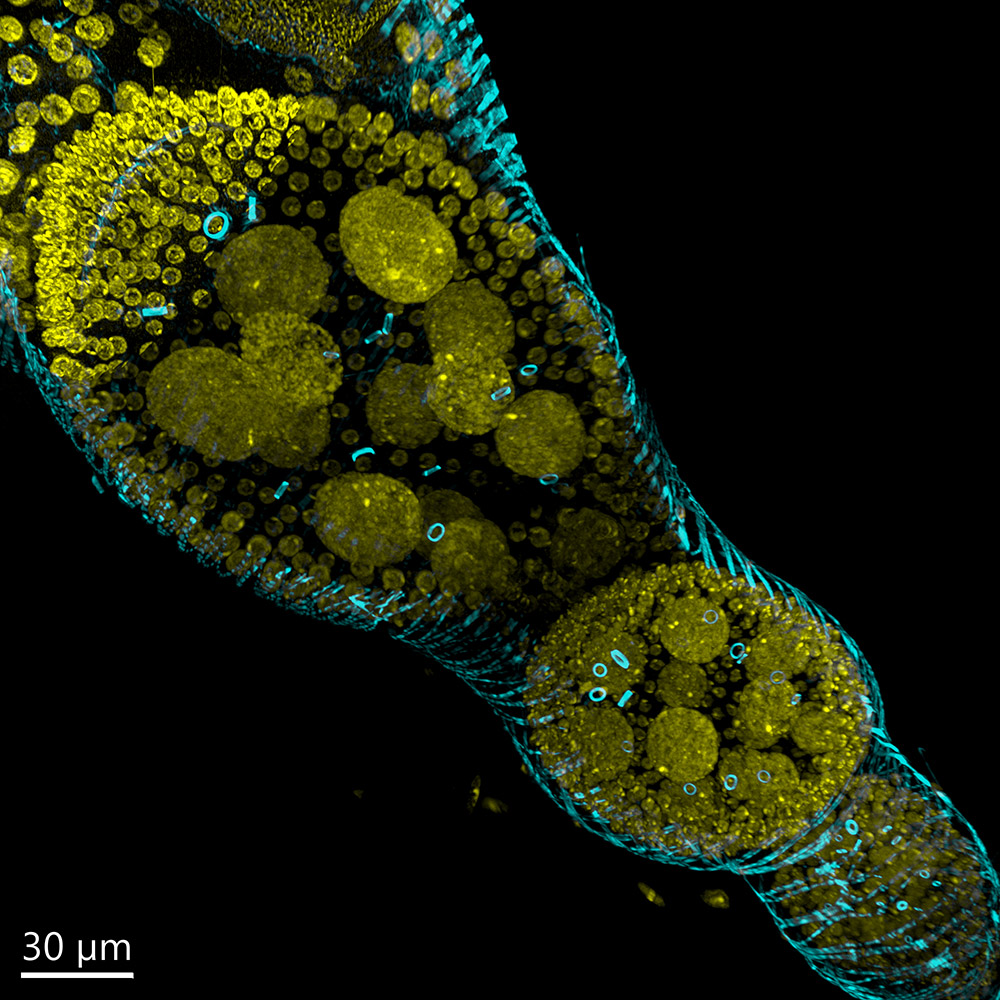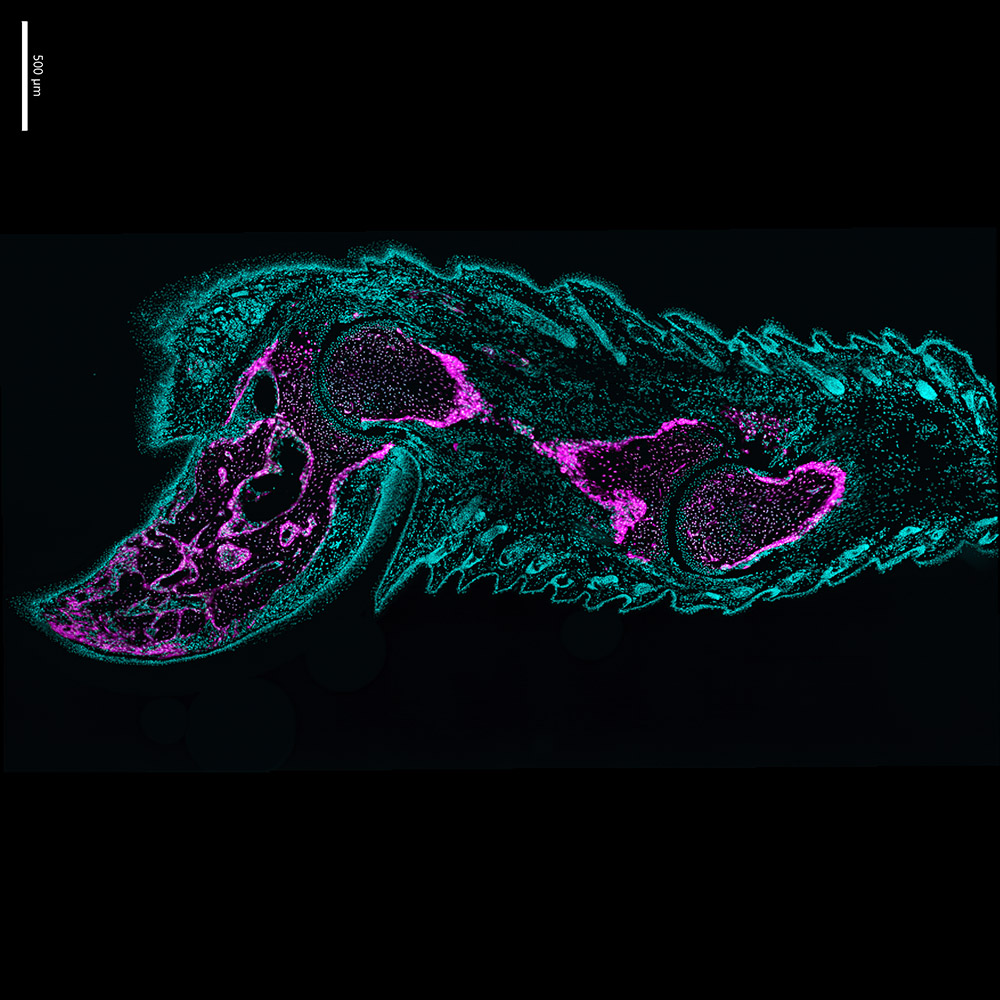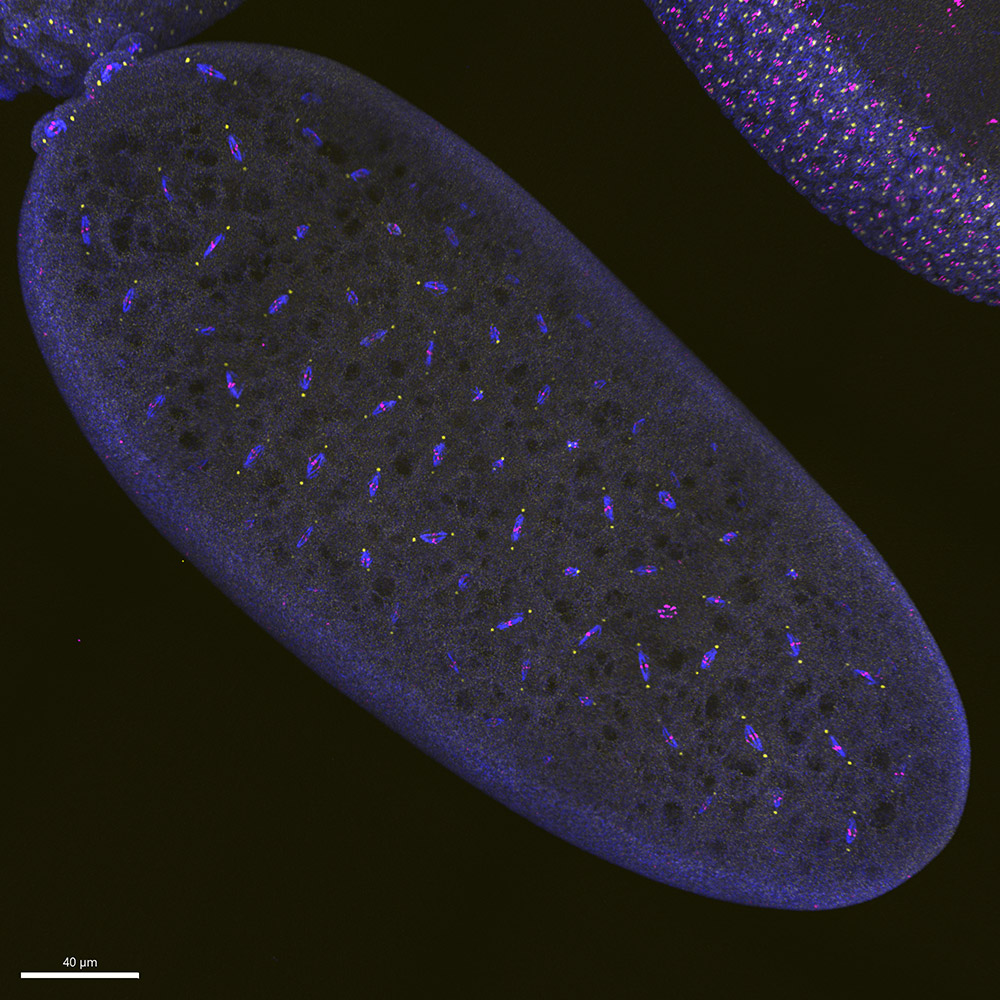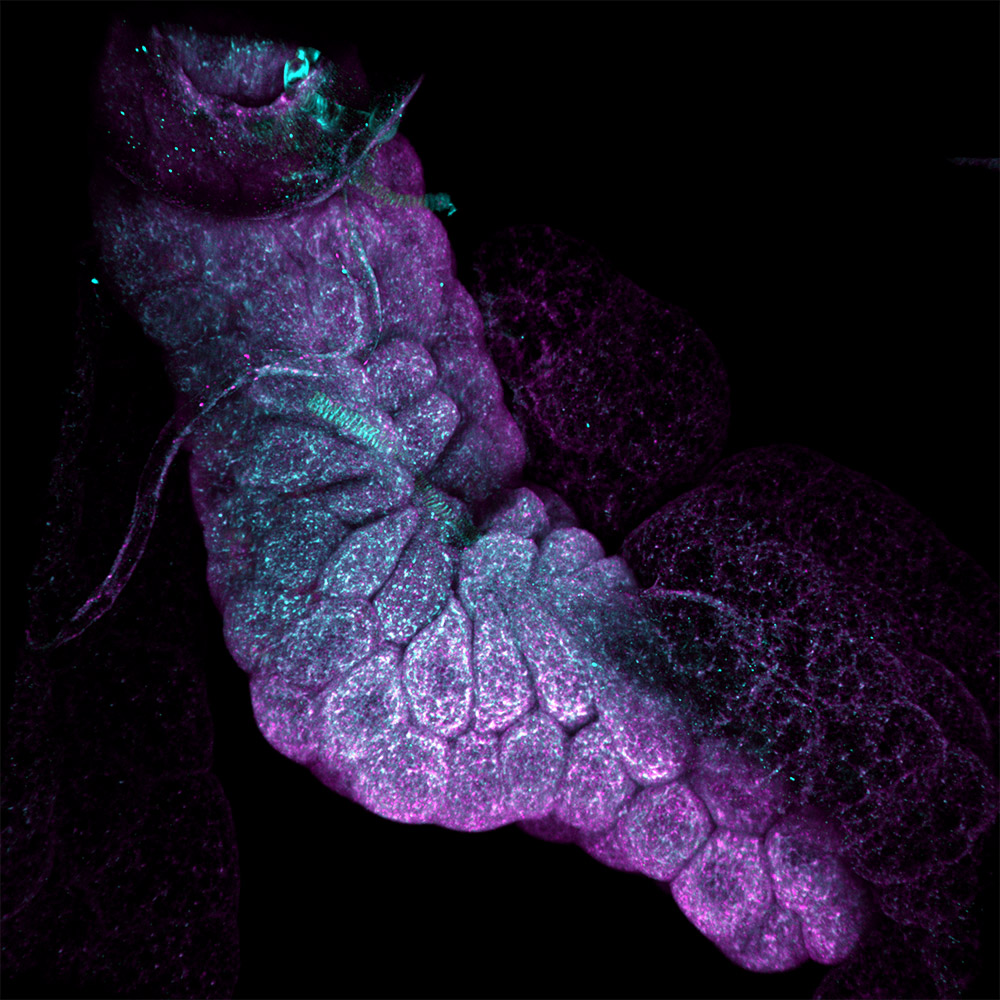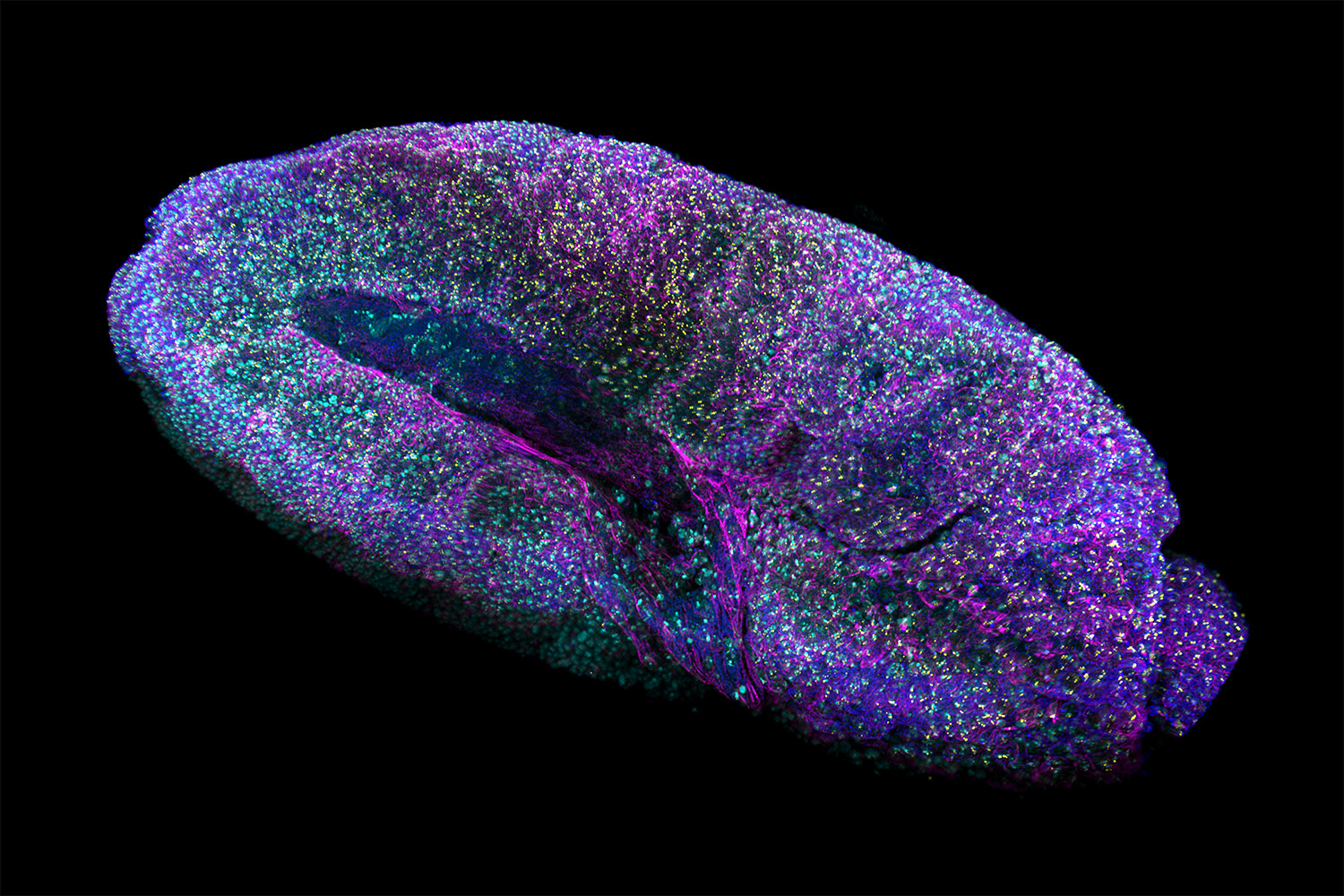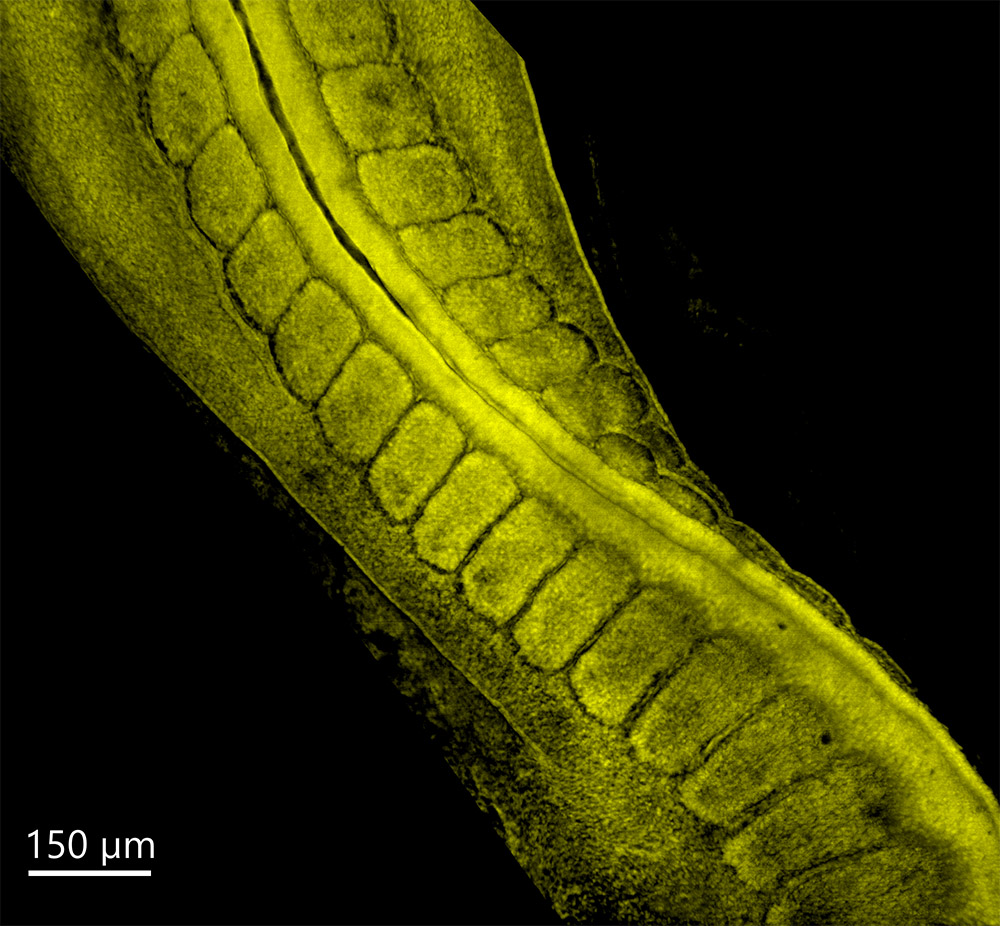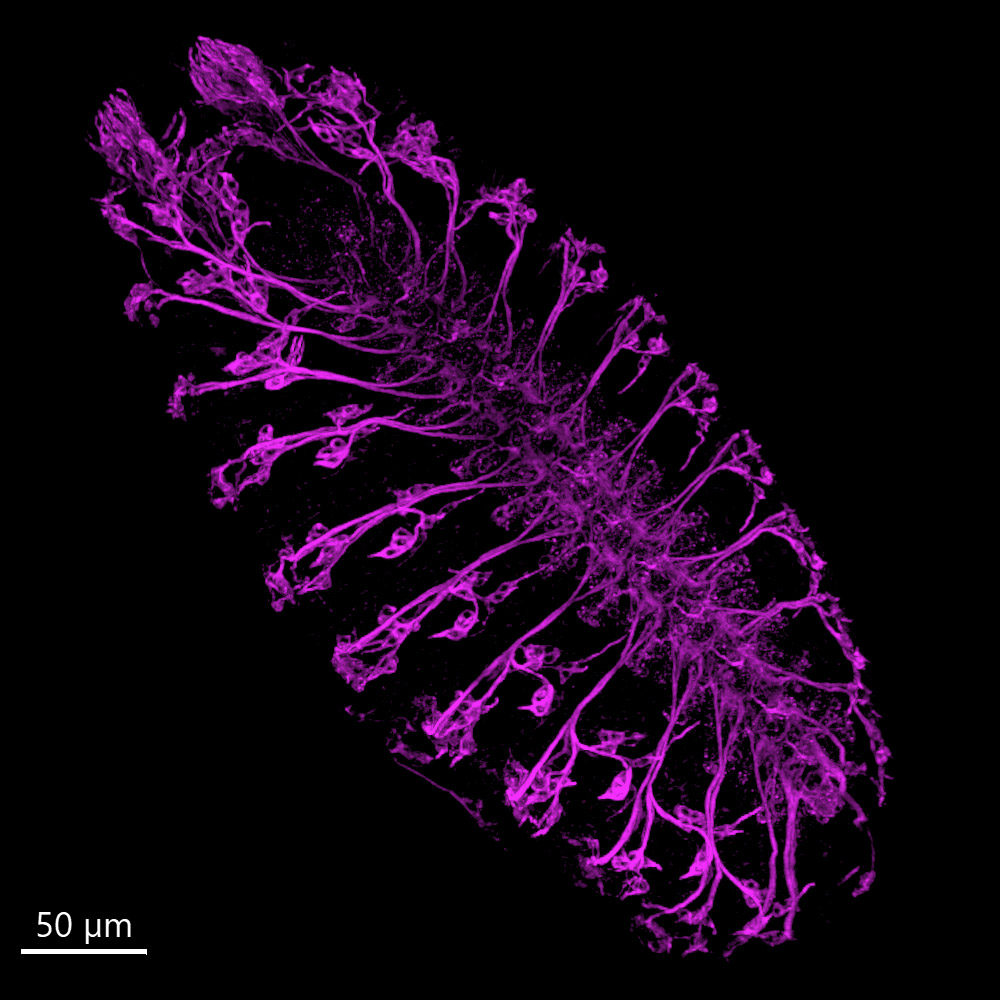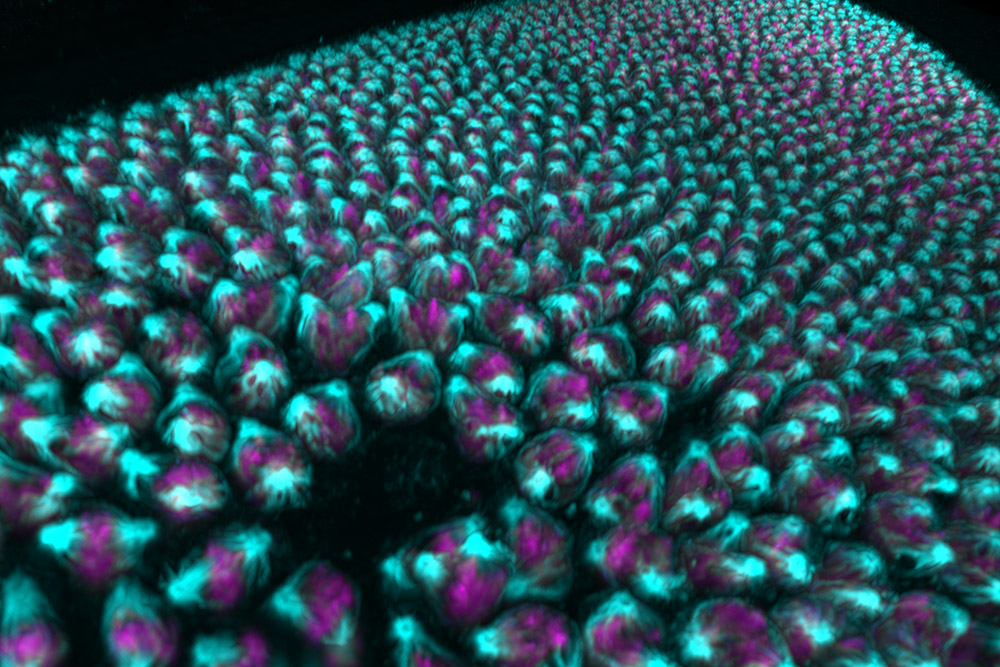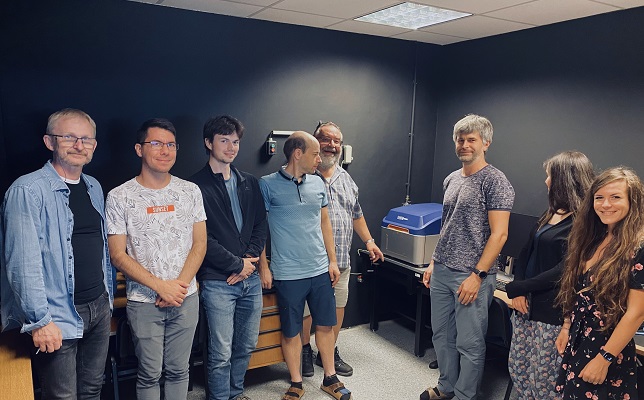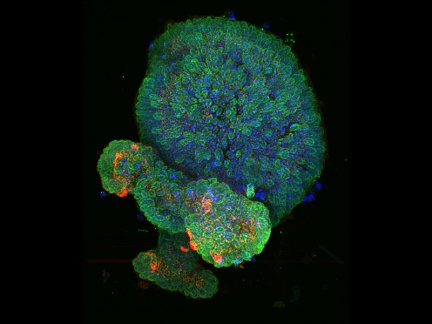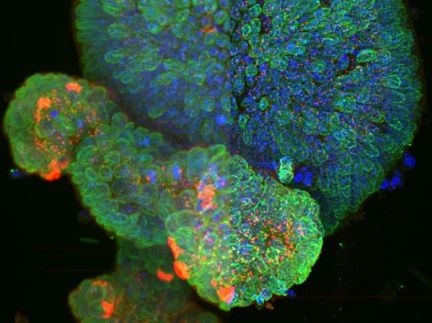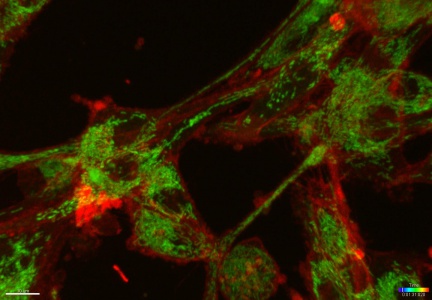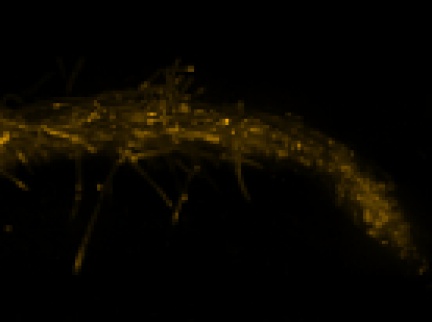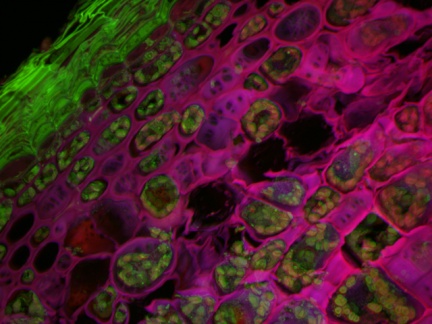Confocal microscopy, Widefield, Brightfield, DIC - just all in one!
The Andor BC43 CF(Andor Benchtop Confocal) uses the SDCM imaging technology of the Dragonfly system to offer absolute flexibility in imaging - at the touch of a button, it provides high quality and fast 2D and 3D routine imaging from brightfield to confocal microscopy regardless of sample type.
1. Confocal mode
The confocal imaging technology provides high contrast and sharpness, which not only enhances the image quality of thin samples such as monolayer cultures, but is particularly suitable for thicker samples (small organisms, 3D cultures, tissue samples, etc.).
Compared to point scanning confocal microscopes, the Andor BC43 CF captures images more than 10 times faster while maintaining full resolution. Like the Dragonfly system, the new BC43 CF microscope is based on a spinning disk (a pair of "pinhole disks" with pinholes and a "collector disk" with microlenses). The high-sensitivity, high-speed sCMOS detector for short exposures and photobleaching reduction is the ideal choice for confocal imaging of live cells, maximizing the number of cells per image and efficiently capturing even large samples with a large field of view. Thanks to its high dynamic range, it captures weak and bright signals in a single image without saturation.
2. Widefield mode
Offers the most user-friendly illumination mode for samples that are super-sensitive to light. It allows detection of even weaker fluorophore signals than in confocal mode. Provides the highest imaging speeds for capturing dynamic processes in living cells. Imaging of thin samples and structures that do not require optical sectioning.
In addition, it eliminates sample blurring with a dedicatedClearView-GPU deconvolution module (accelerated via GPU up to 50x) to increase image resolution - ensuring the best image quality and clarity!
3. Passing Light Mode
The BC43 CF provides two different options for transmitted light imaging - brightfield mode for visualizing the development of larger organisms whose structures naturally provide high contrast images, and differential phase contrast (DPC) mode for visualizing and rendering the structure of thinner and/or higher transparency samples.
The different modes can be combined for even greater imaging flexibility!
